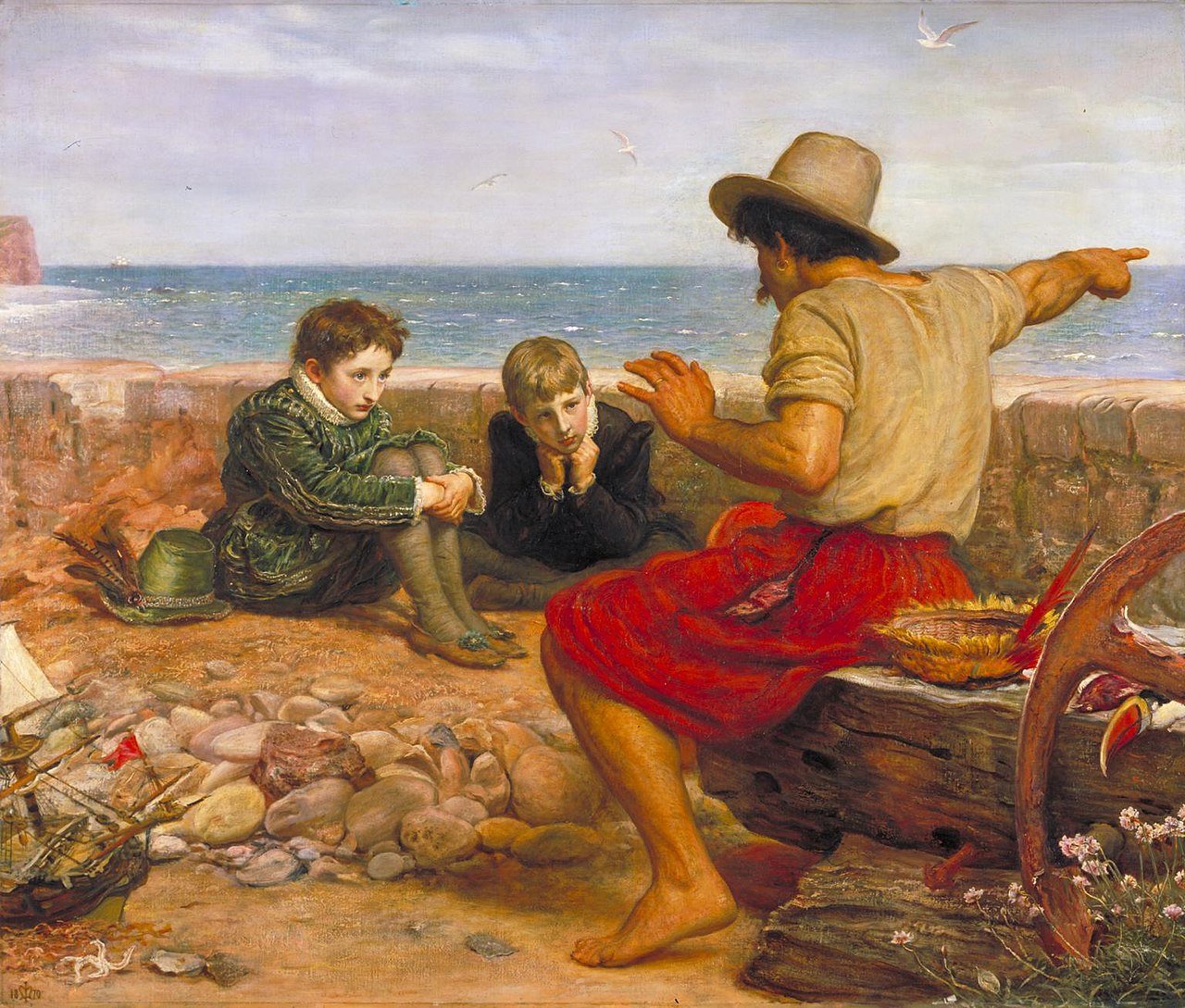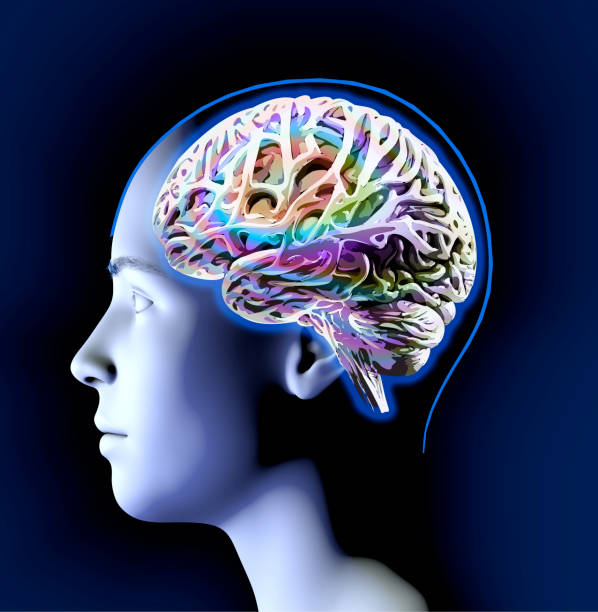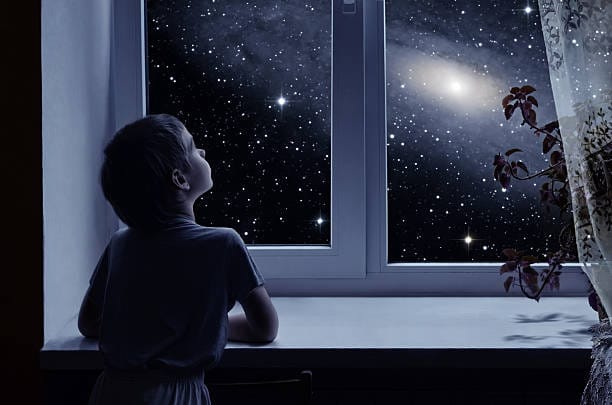Before there were cities, or alphabets, or religion—before we knew how to write, build, or govern—there was story.
Told around flickering fires, carved into cave walls, whispered across generations, story was the original human technology. It taught us how to hunt, how to love, how to grieve. It passed down survival strategies, shaped tribal memory, and built invisible bridges between minds.
Even now, in an age of algorithms and artificial intelligence, we remain creatures of narrative. We binge-watch tales of dragons and detectives. We craft Instagram captions like micro-myths. We turn our own lives into linear plots with heroes, villains, turning points, and redemptions.
But why?
Why do we dream in stories, cry at movies, and remember our lives as chapters?
The answer runs deeper than culture or entertainment. It’s written into the architecture of our brains. We don’t just enjoy stories. We need them. We are made for them.
We are hardwired for storytelling.
Let’s explore why.
The Brain, the Storyteller
You wake up. Get out of bed. Make coffee. Scroll your phone. Your day has barely begun, and already your brain has begun composing a narrative.
Our brains are constantly organizing information into patterns. This is called narrative cognition—our default mode of understanding the world through cause and effect, context and consequence.
Cognitive scientists have found that our brains are more active when we hear a story than when we receive raw information. When someone tells you a fact, only your language-processing centers engage. But when you hear a story, your sensory, emotional, and motor cortices light up as if you were living the experience.
Tell someone, “He kicked the ball,” and their brain barely stirs.
Tell them, “His bare foot thudded against the cold leather of the ball, sending it arcing high into the grey November sky,” and their mind starts playing a movie. The neurons fire. The memory forms. The story sticks.
This is not a fluke. It’s evolution.
Story as Survival
To understand why we’re wired for story, we have to go back—way back.
Imagine a prehistoric human trying to explain a tiger attack. “I saw a tiger. It chased me. I climbed a tree.” That’s a story. A simple, three-act arc: setup, conflict, resolution.
It’s not just entertaining. It’s useful.
Story allowed early humans to transfer vital knowledge—what berries to avoid, how to navigate the stars, when the seasons would change. The more engaging the story, the more likely it would be remembered. The more vivid the telling, the more likely it would be passed on.
In this sense, storytelling became a biological advantage. Groups that told better stories could preserve more knowledge. And those that preserved more knowledge? They survived.
That’s why stories don’t just grab attention. They reward it.
When we hear a compelling narrative, our brains release dopamine, enhancing focus and memory. They release oxytocin, increasing empathy. And when we hear a happy ending? Serotonin and endorphins flood in. Stories don’t just inform us—they chemically reward us for listening.
The Architecture of Story Mirrors the Architecture of Life
All good stories follow a basic arc: a character wants something, faces obstacles, undergoes transformation.
Why does that feel so satisfying?
Because that’s how real life works.
We wake each day with desires—love, success, connection. We face obstacles—loss, fear, failure. We change—sometimes slowly, sometimes all at once. We live in stories, whether we know it or not.
Psychologists call this narrative identity. It’s how we make sense of ourselves—not as a list of traits, but as a story with themes, turning points, and plots. The way we remember our past is not factual; it’s narrative. We highlight some events, forget others, assign meaning where none existed.
Two people can live the same life. One tells a story of resilience. The other, a story of victimhood.
The difference is the narrative lens.
And that lens shapes everything—our mental health, our relationships, our choices.
In fact, research by psychologist Dan McAdams shows that people who construct their life stories with redemptive arcs (“bad things happened, but I grew stronger”) have greater well-being and resilience than those who view their stories as contamination narratives (“good things happened, then got ruined”).
We don’t just tell stories.
We are stories.
Empathy: Story as an Emotional Bridge
You’ve heard the phrase, “Walk a mile in someone’s shoes.” Story is how we do that.
When we read a novel, watch a film, or hear a first-person account, our brains simulate the experience. This is called neural coupling—a mirroring phenomenon where we activate the same neural pathways as the storyteller.
That’s why a well-told story can make you cry over people who don’t exist. Why you care so deeply about fictional characters. Why you can be moved by a stranger’s tale in a way that no statistic ever could.
Story transcends difference. It makes the foreign familiar. The abstract human.
This has political consequences. Studies show that people exposed to immigrant narratives or refugee stories become more compassionate and less prejudiced. Stories turn data into dignity.
As psychologist Paul Zak explains, oxytocin—released during narrative immersion—increases trust and prosocial behavior. In other words: stories make us kinder.
Not slogans. Not lectures. Stories.
The Villain and the Hero in Us All
Every story needs conflict. A problem. A villain. A dragon to slay.
Why?
Because the human mind is naturally drawn to contrast. We pay more attention to threat than peace, to change than sameness. Conflict fuels curiosity.
But it does something deeper, too.
By watching characters confront moral dilemmas, we explore our own. By cheering for flawed heroes, we learn to forgive ourselves. By hating villains, we define our values. Even simple fairy tales shape our moral frameworks.
Children learn justice, courage, kindness, and caution not from commandments—but from stories. The boy who cried wolf. The girl who outwitted the witch. The friend who gave up everything to save another.
In this way, story becomes our first moral compass.
And as we grow, we keep returning to stories not to escape reality—but to practice being human.
The Shadow Side of Storytelling
For all its beauty, storytelling is not always benign.
Propaganda is story. Conspiracy theories are stories. Nationalism, racism, cults—all fueled by narratives that tap into identity, fear, and belonging.
The same neural magic that makes us fall in love with stories makes us vulnerable to manipulation. When a story resonates with our existing beliefs or identity, we rarely question its truth. Our critical thinking fades. We become characters in someone else’s script.
Story doesn’t need to be factual to be powerful.
That’s why it’s dangerous.
But it’s also why it can save us.
Why Fiction Is Truer Than Fact
There’s a reason why humans create myths, write novels, and binge-watch dramas that never happened.
Fiction reveals emotional truths.
You may never live through a war, but through fiction you can feel the trauma. You may never know what it’s like to be a single mother in rural India or a closeted teenager in the 1950s—but stories can bring you close.
Fiction is a simulator. A playground for empathy. A rehearsal for real life.
It doesn’t just entertain us. It enlarges us.
Storytelling as Healing
Trauma disrupts narrative. It fragments memory. Leaves us with sensations, flashbacks, and confusion.
But storytelling can stitch us back together.
In therapy, people often heal by reconstructing their narratives—by turning chaos into coherence. Telling their story out loud helps them regain a sense of control, clarity, and meaning.
This is not poetic—it’s neurological. Trauma lives in the part of the brain where language doesn’t reach. Story brings it into the light, gives it form, transforms it.
This is why memoirs are powerful. Why support groups work. Why survivors write books. Telling your story is an act of reclaiming your power.
Story doesn’t just express healing.
The Future of Story
Story is healing.
We’re entering an age where machines can tell stories. AI writes poems. Algorithms script movies. Virtual realities let us live inside someone else’s tale.
And yet, the human hunger for story is only growing.
In a world of disinformation, short attention spans, and fragmented truth, story is our anchor. It’s how we make sense of chaos. How we reconnect. How we remember who we are.
Because in the end, storytelling is not about facts. It’s about meaning.
And meaning is the deepest human need.
Telling Your Story
You don’t have to be a writer to tell stories.
Every time you answer, “How are you?” or “What happened?” you’re shaping a narrative. Every social media post. Every family dinner tale. Every memory you revisit. All storytelling.
So ask yourself:
- What story am I telling about my life?
- Is it one of regret or redemption?
- Victimhood or victory?
- Am I the hero of my tale, or the observer?
- Am I repeating old chapters—or writing new ones?
You get to choose.
The Final Word: You Are the Story
We began this journey around ancient fires. Now we’re here—in a digital age of infinite narratives. But the heart of the matter hasn’t changed.
We tell stories not just to entertain, or explain, or educate.
We tell stories to live.
To matter.
To belong.
To endure.
Because when everything else fades—empires, technology, even memory—what remains is story.
And within that story, if we’re lucky, is a glimpse of ourselves.






